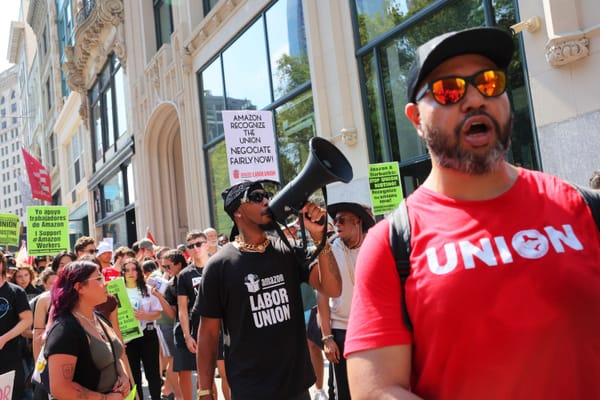Income inequality in the United States has spiraled upwards since 1980, with the share of the social income captured by the top echelons returning to levels last seen a century ago—before the New Deal order. In the pre-New Deal era, the central driver of material inequality was workers’ lack of power relative to employers—and so is the case with today’s neoliberal order.
Excessive inequality can hinder economic growth, harm social cohesion, and even corrode mental health. More pressingly, if the lion’s share of prosperity is siphoned by the asset-rich, that leaves the working class with less income than it would otherwise have.
All of these conditions are present under neoliberalism, the model of aggressive de-unionization and deregulation first championed by the likes of Ronald Reagan and Margaret Thatcher on the right. If workers are gaining from economic momentum, wage growth should track productivity gains. That’s exactly what happened during the New Deal era. As research by theEconomic Policy Institute has shown, from 1948 to 1979, US productivity rose by 118 percent. In tandem, worker compensation—defined as the wages and benefits of production and nonsupervisory workers in the private economy—rose by 108 percent. By contrast, between 1980 and 2021, American productivity grew by 65 percent, while compensation crawled up just 17 percent.
Not only is the neoliberal era less productive, in other words, but its meager gains don’t go to production and nonsupervisory workers. So where do they go? Largely to the professional class and to corporate shareholders.
